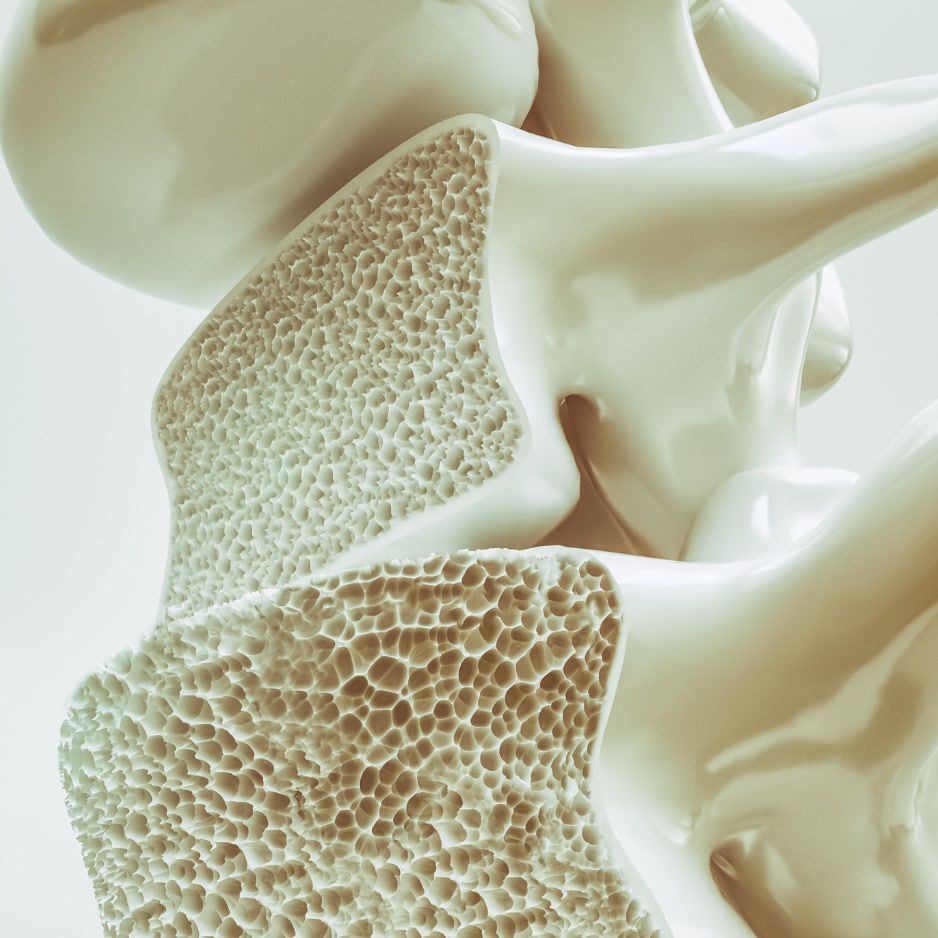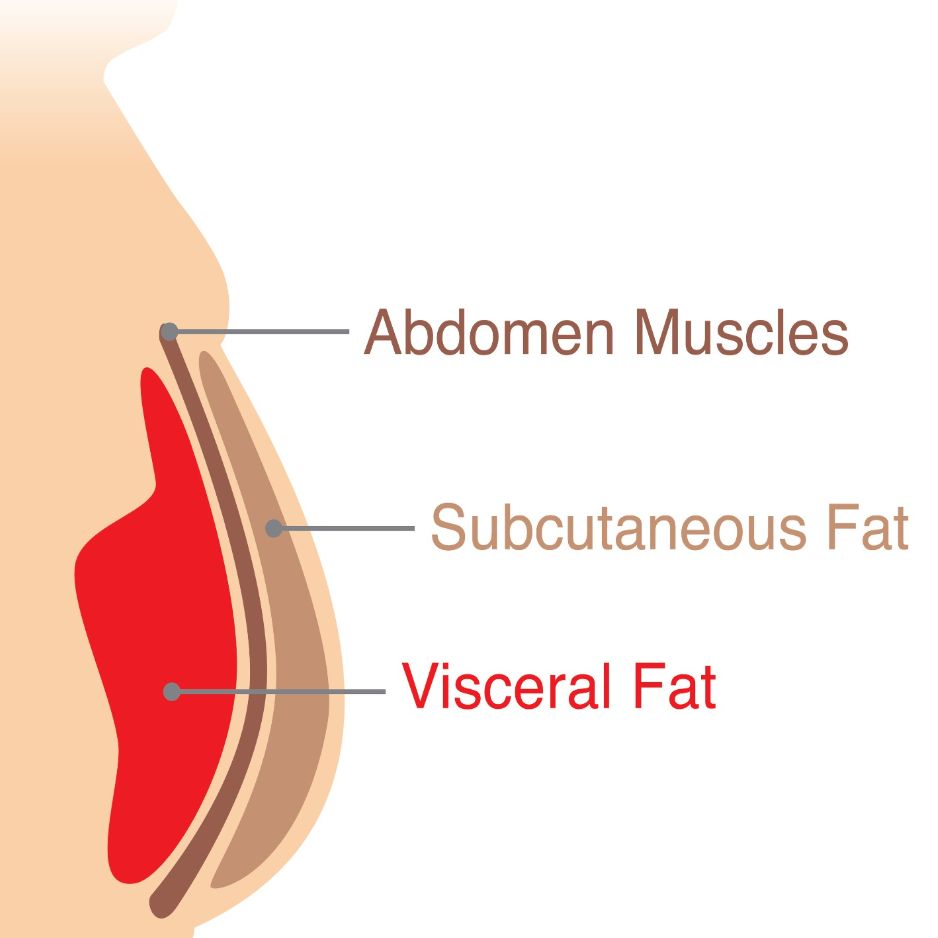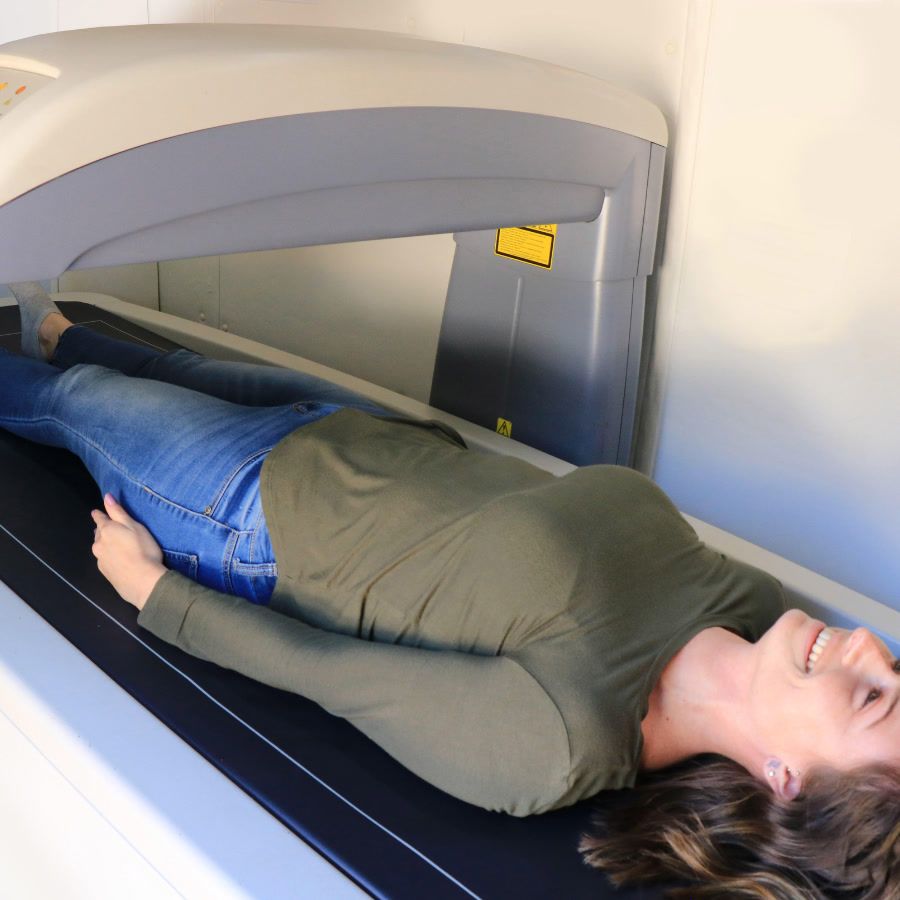Eccentric vs. Concentric Training Guide
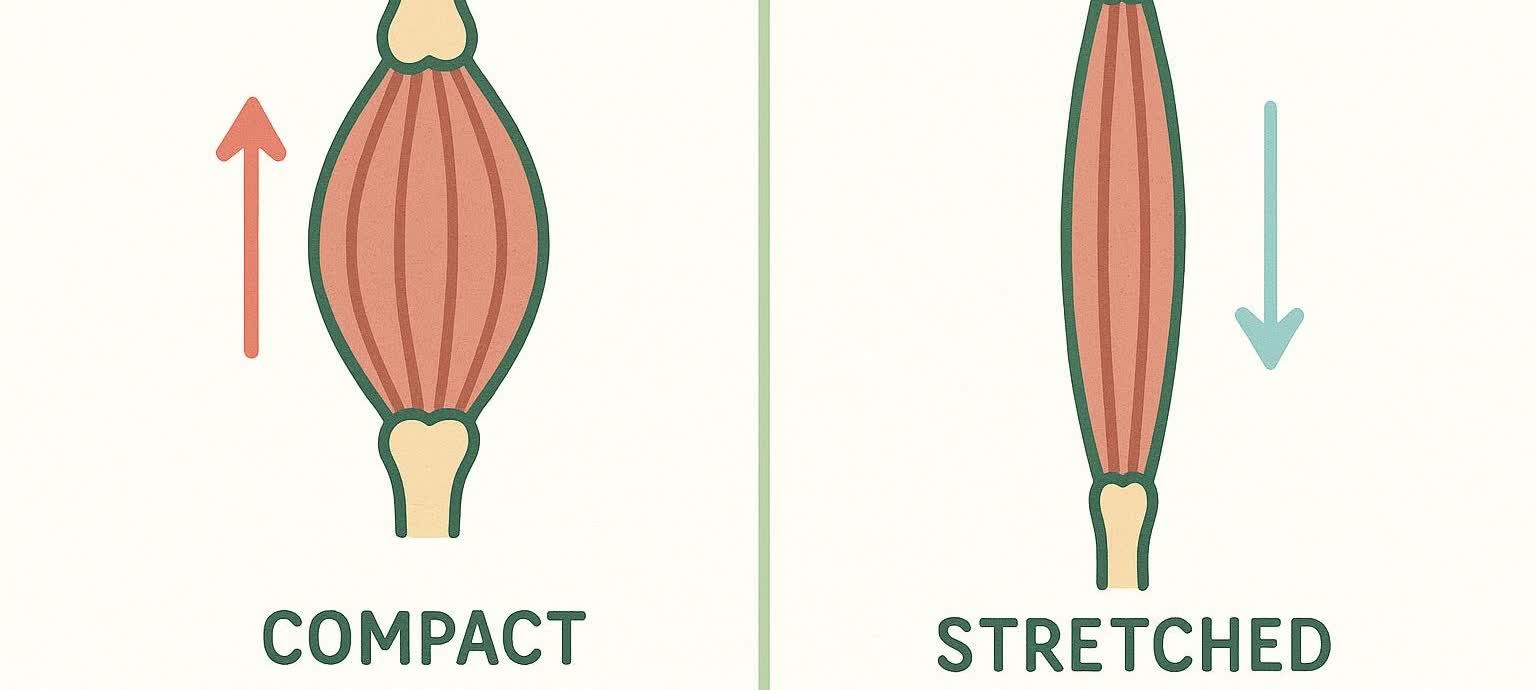
Eccentric vs. Concentric: Complete Training Guide
Concentric contractions shorten the muscle (think curling the dumbbell up), while eccentric contractions lengthen it under load (think lowering the dumbbell back down). Training both phases strategically can unlock bigger strength gains, better hypertrophy, and fewer injuries.
Quick takeaway: Meta-analysis data show that eccentric strength is, on average, about 41 % higher than concentric strength across more than 300 studies (Mouser et al., 2023).
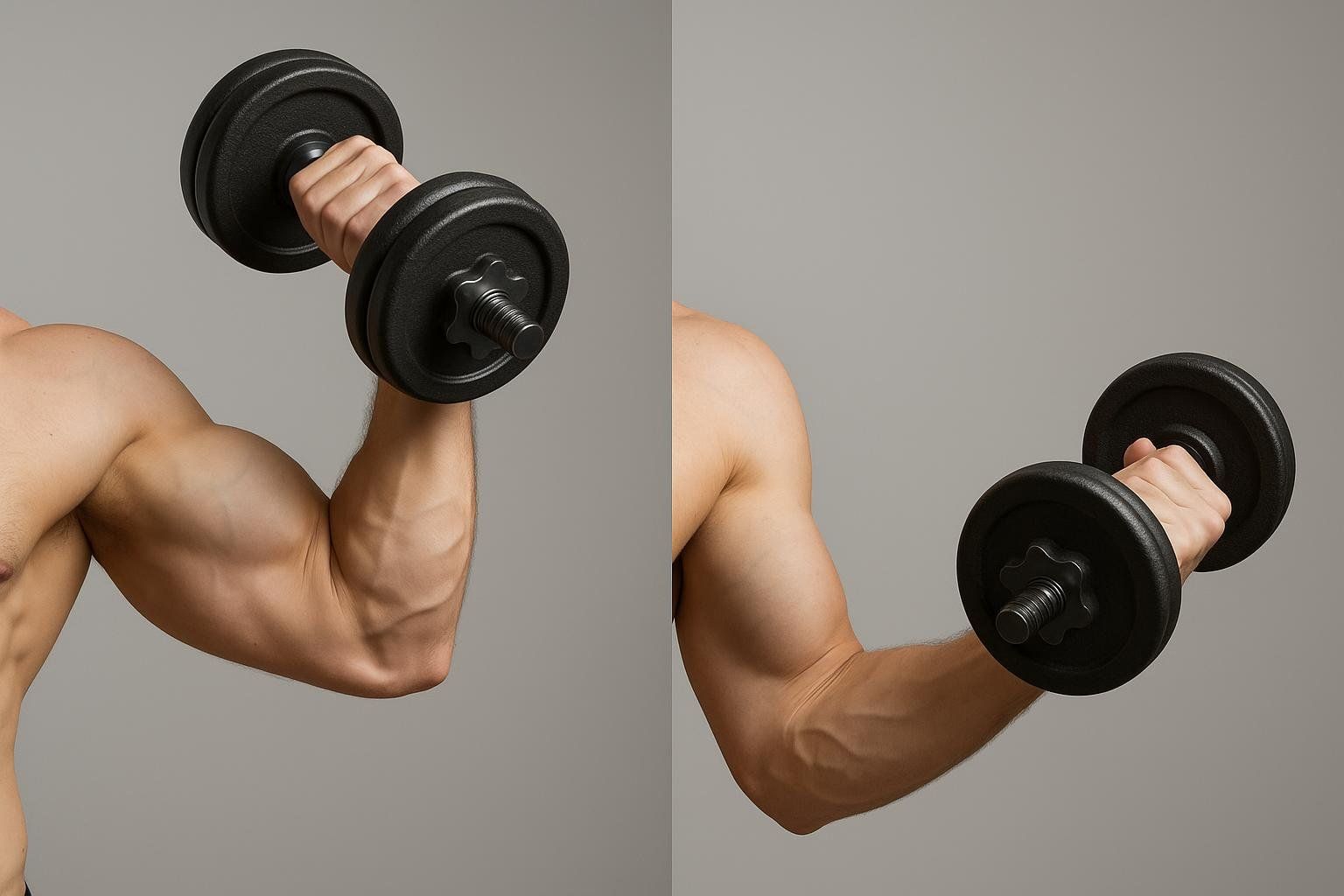
Table of Contents
- Why Contraction Phases Matter
- Physiology 101: What Happens Inside the Muscle
- Scientific Evidence: Eccentric vs. Concentric
- Practical Guide: Tempo, Programming, & Sample Workouts
- FAQ
- Next Steps with BodySpec
1. Why Contraction Phases Matter
Every rep has two halves:
- Concentric – muscle shortens against resistance (e.g., standing up from a squat)
- Eccentric – muscle lengthens while resisting the load (e.g., descending into the squat)
This greater force capacity drives unique adaptations in tendon stiffness, neural recruitment, and muscle-fiber remodeling that ultimately boost performance and resilience (Douglas et al., 2017).
Skipping—or rushing—the lowering phase means:
- Less overall time-under-tension (TUT)
- Weaker connective tissues
- Higher risk of plateau or injury
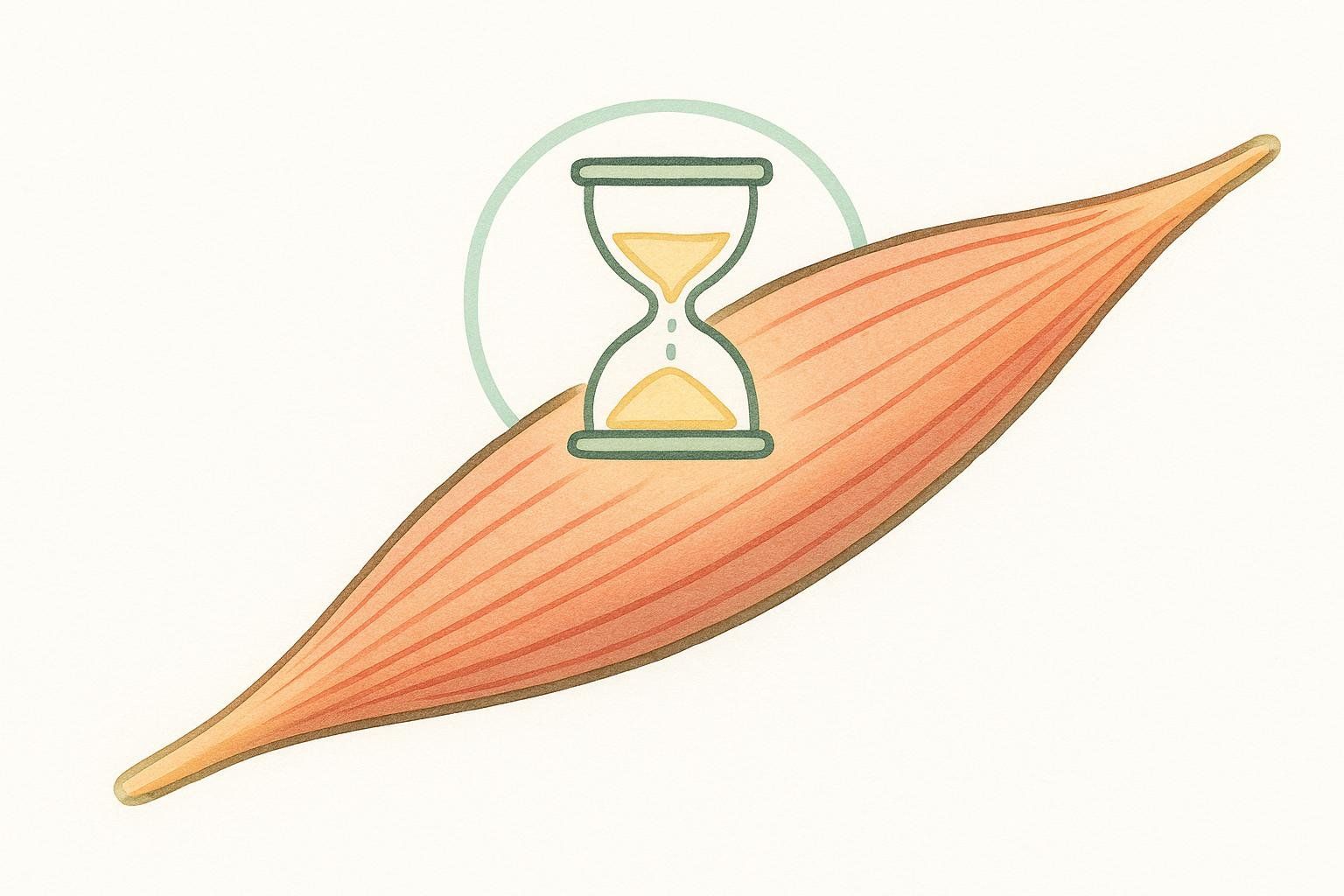
For a deeper dive into muscle-growth stimuli, explore our Ultimate Guide to Hypertrophy.
2. Physiology 101: What Happens Inside the Muscle
During concentric work, myosin heads pull actin filaments toward the sarcomere center, shortening the fiber. Eccentric work stretches those cross-bridges, creating higher passive tension and micro-damage—the raw material for repair-driven hypertrophy (Tomalka et al., 2023).
Key differences
- Force output: Eccentric > Concentric (up to 1.8×)
- Energy cost: Eccentrics use ~25 % less ATP for the same force
- Muscle soreness (DOMS): Higher after eccentric-dominant sessions (Proske & Morgan, 2001)
- Neural drive: Concentric actions require higher motor-unit recruitment to achieve comparable force
To manage soreness effectively, explore our DOMS recovery guide.
3. Scientific Evidence: Eccentric vs. Concentric
| Study & Year | Population | Protocol | Key Findings |
|---|---|---|---|
| Douglas et al., 2017 | 96 healthy adults | 8-week lower-body RT (ecc-only vs. con-only) | Eccentric ↑ strength +10.2 % vs. concentric +6.8 %; similar hypertrophy |
| Kojic et al., 2024 | Trained lifters | 6-week squat RT with 4-s vs. 1-s eccentric tempo | 4-s eccentric produced 38 % more TUT and greater VL (vastus lateralis, a key thigh muscle) hypertrophy |
| De Souza et al., 2024 | 26 RCTs | Mixed protocols | No significant hypertrophy difference, but eccentrics improved peak torque by 12 % |
Take-home: Strength adaptations favor eccentric overload; hypertrophy is roughly equal when total load & volume match.
4. Practical Guide: Tempo, Programming, & Sample Workouts
Tempo uses a four-part code E-P-C-P representing seconds spent in each phase:
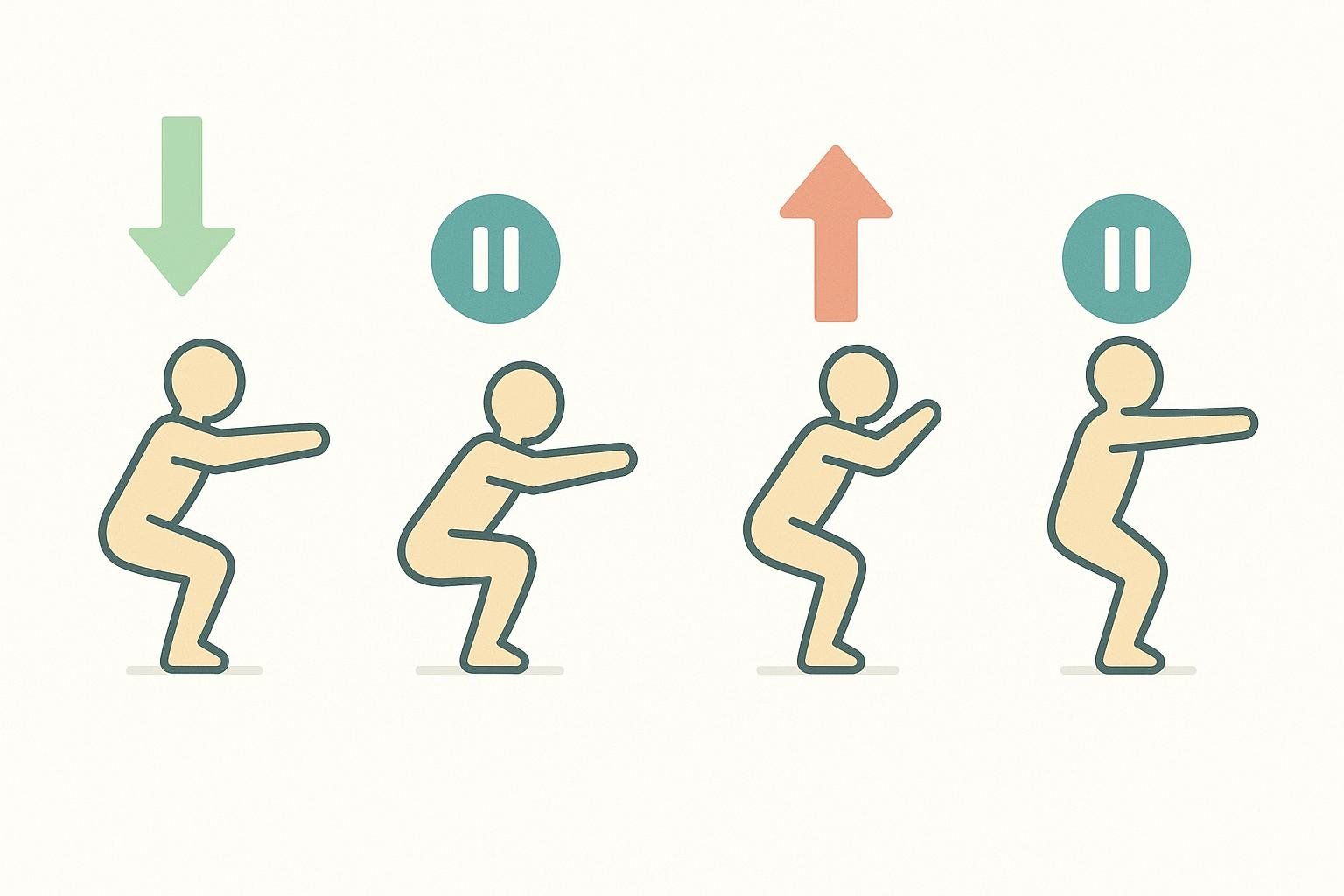
- E – Eccentric (lowering)
- P – Pause (isometric hold)
- C – Concentric (lifting)
- P – Pause (second isometric hold)
Recommended Tempos
| Goal | Tempo Range (E-P-C-P) | Notes |
|---|---|---|
| Max Strength | 3-0-1-0 → 4-0-1-0 | 80–95 % 1RM; prioritize technique & tension |
| Hypertrophy | 2-0-2-0 → 4-0-2-0 | Keep rest 60–90 s |
| Power | 2-0-X-0 | X = explosive concentric |
| Rehab/Control | 5-0-2-0 | Use 30–50 % 1RM |
| Eccentric Overload (Advanced) | 4-0-A-0 | 105–120 % 1RM |

Note: A = assisted concentric—you receive help from a spotter or machine on the lifting phase so you can overload the lowering phase.
Programming tips
- Start with a 3-0-2-0 tempo (3 s lower, no pause, 2 s lift).
- Progress by slowing the eccentric or adding load—never both simultaneously.
- Finish sessions with eccentric-only sets (e.g., negative chin-ups); keep total eccentric sets ≤ 6 to manage muscle damage and recovery.
Sample Upper-Body Day (≈45 min)
- Bench Press — 4 × 5 @ 80 % 1RM (3-0-1-0)
- Bent-Over Row — 3 × 8 @ 70 % 1RM (4-0-2-0)
- Overhead DB Press — 3 × 10 (3-0-1-0)
- Negative Pull-Ups — 3 × 3 (4 s lower, assisted lift)
- Band Pull-Apart Finisher — 2 × 20 (2-0-2-0)

For more body-composition-friendly moves, browse our Body Composition Exercise Guide.
5. FAQ
Is eccentric training better for hypertrophy?
Not inherently. When total load and volume are equal, hypertrophy outcomes are similar (De Souza et al., 2024), though the same analysis found eccentrics improved peak torque by 12 %, indicating a strength advantage.
Do eccentrics cause more soreness?
Yes. The higher micro-damage increases DOMS. Ramp volume gradually and prioritise recovery.
What is 2-1-2-1 tempo training?
A 2-s eccentric, 1-s pause, 2-s concentric, 1-s pause—popular for bodybuilding.
Can I do concentric-only training?
Yes (e.g., sled pushes), but omitting eccentrics may limit connective-tissue resilience.
How long should I rest between eccentric sets?
Because eccentrics tax the nervous system, rest 2–3 min for strength, 60–90 s for hypertrophy.
6. Next Steps with BodySpec
- Measure — Baseline your lean mass and fat distribution with a gold-standard DEXA scan.
- Train — Apply the tempo guide above for 6–8 weeks.
- Re-scan — Quantify progress and fine-tune your program.
Ready to see if slower lowers equal faster gains? Book your DEXA scan and turn theory into data-backed results.
References (alphabetical)
- De Souza, E., et al. (2024). Eccentric vs. concentric muscle actions and hypertrophy: systematic review & meta-analysis. Sports Medicine. PMID 39652733.
- Douglas, J., et al. (2017). Chronic adaptations to eccentric training: a systematic review. Sports Medicine. PMID 27647157.
- Kojic, F., et al. (2024). Effects of prolonged eccentric tempo in squats on hypertrophy and strength. Frontiers in Physiology. PMID 39850448.
- Mouser, J., et al. (2023). The eccentric-to-concentric strength ratio of human skeletal muscle: a systematic review & meta-analysis. Sports Medicine. PMC 10185641.
- Proske, U., & Morgan, D. (2001). Muscle damage from eccentric exercise: mechanism, mechanical signs, adaptation and clinical applications. The Journal of Physiology. PMID 11731568.
- Tomalka, A., et al. (2023). Eccentric muscle contractions: from single muscle fibre to whole-muscle mechanics. Pflügers Archiv. PMID 36790515.
